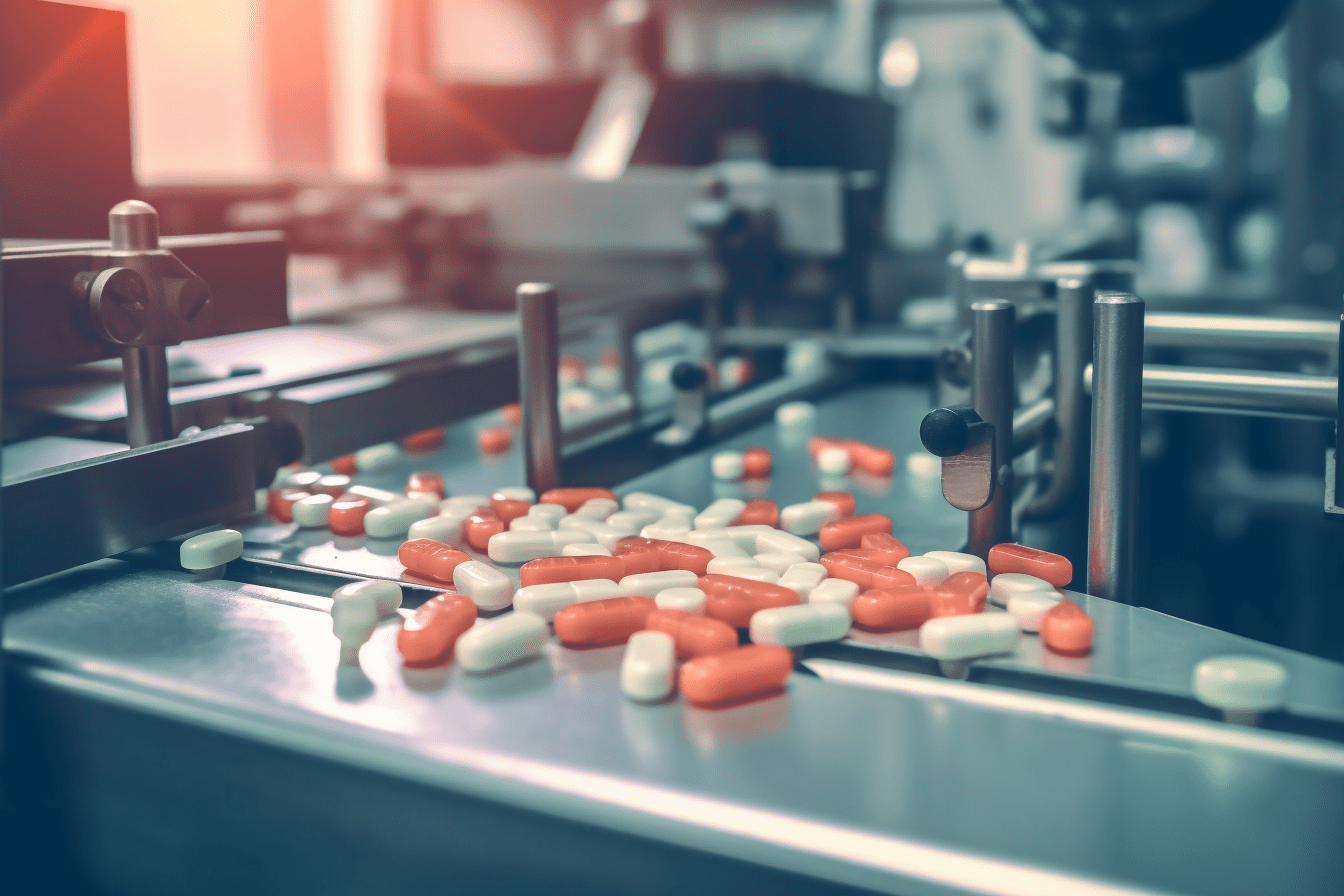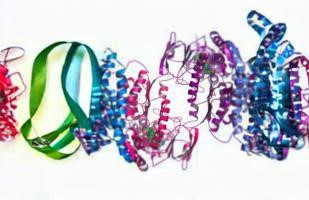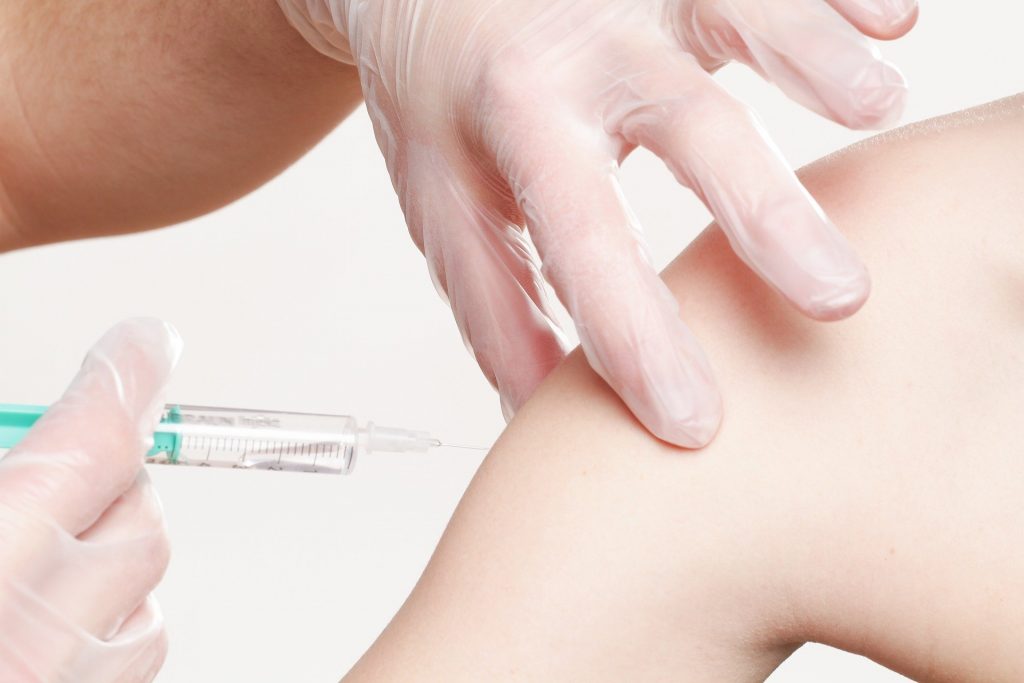Single-Use Technologies: Challenges and Solutions
 5 years ago
By Bryan
5 years ago
By Bryan
Since their increased popularisation from the mid-1990s, single- and limited-use technologies (collectively SUTs) have changed the field of biomanufacturing. This has been driven partly by the heavy growth of the pharma market, from $162 billion in 2014 to around $270 billion now, with most major companies investing heavily in new, innovative technologies. SUTs provide a cheap, easy improvement to most biomanufacturing processes, with 69% of biomanufacturers and suppliers reporting improvements in facility performance over the year from acquiring the tech. But challenges still remain: standardisation, supply chain issues and automation are all problems that industry faces daily. Luckily, solutions exist which can ease these issues and ensure SUTs live up to their full promise.
SUT uses
Uses for SUTs are widespread. Upstream, the increasing volume of single-use bioreactors (SUBs) allows for low initial costs and fast commercial turn-around, with similar sizes of SUB for both clinical and commercial meaning less need for scale-up and fewer batches. These SUBs have considerable utility in the biomanufacturing space, most notably in creating niche therapies and monoclonal antibodies with more limited production requirements, as well as the commercial production of vaccines that can be swiftly deployed as needed.
Downstream processes, while historically benefiting less from SUT technologies due to the limited accuracy and sensitivity of single-use sensors and reduced importance of purity, still benefit from their implementation. Particularly in filtration systems, buffer preparation systems and sampling systems, SUTs offer swifter implementation over reusable equipment. As more accurate sensors are developed and capacity demands can be more easily met, downstream SUT use will only increase.
In drug product operations, sterilisation and ensuring no cross-contamination is a difficult task that requires consistent security from end-to-end. Sterile equipment is an important part of this process, historically performed through heat and recycling of equipment. SUTs such as bag chambers and filter capsules remove the need for equipment re-use and subsequently the risk of contamination or break-down that imposes. Pre-assembled and sterilised SUTs have been used to create a fill operation needing no class-A laminar flow, though appropriate risk-analyses are needed to ensure no unwanted interactions occur with the drug product during the process.
Finally, SUTs have an additional benefit in allowing some companies to keep their manufacturing capacity in-house, due to the reduced size of facility needed and lower capital requirements.
Benefits
SUTs offer a huge range of benefits to biomanufacturing companies, reflected in the demand the industry has shown for the technology’s integration. First, SUTs are cheap. Less stainless steel equipment is needed in the manufacture, and the related costs of installing and cleaning them are greatly reduced. Companies can save up to 50% of general costs, including labour, water, utilities and consumables, with SUTs over stainless steel. A 2008 study also found that SUTs require 87% less water and 29% less energy to run than stainless steel equipment, reducing environmental burden as well.
One of the major benefits offered by SUTs is their flexibility: the ease with which manufacturers can change process needs is vital for professionals in a rapidly-changing industry. Companies can also use the technology to accommodate multiple drugs in one manufacturing suite, vital for switching processes swiftly to accommodate more drugs in a portfolio.
Because it can be pre-sterilised by the supplier, SUTs also benefit from increased safety over alternative processes. Reduced cross-contamination can also reduce downtimes and wastage.
In short, the benefits of SUTs are:
- Increasing manufacturing and process flexibility
- Eliminating cleaning and sterilisation requirements, and the need for cleaning chemicals
- Reducing storage requirements
- Lowering downtime of processes
- Cost benefits from reducing size, maintenance and consumables
Challenges
While around 90% of biomanufacturing companies are already using SUTs to some extent, there are a number of associated risks and challenges that remain when using the technology. The biggest problem in the area is the need to demonstrate safety of extractables and process-derived leachables from fluid-contact plastics, when the FDA has not set out the acceptable limits for either compound.
One of the main challenges when working with SUTs is the need to create an entire process step to integrate individual SUTs with one another. While often cheap to make and requiring little storage space, SUTs still pose a more difficult implementation than reusable equipment does, due to the time needed to assess extractables data and qualify modified disposable equipment.
Standardisation is also a considerable challenge in SUTs. Often, suppliers’ components are singular and cannot be interchanged, with the lack of interoperability ensuring manufacturers must only use one supplier. This has the knock-on effect of increasing supply chain security concerns and inventory costs.
Finally, automation is difficult to implement in SUTs, due to its manual nature. Despite this, automation efficiencies are possible by ensuring suppliers deliver prevalidated and tested manufacturing control system software alongside the equipment.
Solutions
While these challenges are problematic for manufacturers, solutions to many do exist. Regarding the issue of demonstrating leachable and extractable safety where limited guidelines exist, several organisations have published standardised consensus recommendations, with a standard for extractable testing of plastic process equipment published by the US Pharmacopeia.
To overcome the requirement for a complete process step, some manufacturers are offering more immediately-effective SUTs to ensure easier adoption and swifter turnaround. At their most complete, such SUTs would feature configurable pre-application tested assemblies, validation packages and technical support. The ability to quickly set up SUTs in limited space will also have a knock-on effect on costs associated with installation. Linked to this, greater flexibility can be achieved by increased moveability of modular hardware, allowing for more processes to be undertaken.
To remove issues around change management and extensive assessment, manufacturers and SUT suppliers should ensure rigorous change management procedures are in place so disposable equipment constantly meets application specifications.
Regarding standardisation issues, a number of major associations including the Bioprocess Systems Alliance (BPSA) and the International Organization for Standardization are in talks to create standards for the use of SUTs, looking at standardisation of extractables and integrity testing to product characteristics and specifications to increase interoperability. The most notable ongoing regulatory operations include an ASTM operation to standardise the determination and characterisation of extractables from single-use materials, and a joint ASTM-BPSA-American Society of Mechanical Engineers project on system integrity testing issues.
Many of the above groups have published technical documents and guidelines on these subjects already, including a BPSA quality assurance template for establishing an agreement between a single-use supplier and biopharmaceutical manufacturer on quality consistency and quality test reference matrices from the same company.
Other solutions often are a matter of due diligence. Manufacturers and other SUT users must ensure that suppliers’ processes are validated and that data showing the reliability and safety of the product, and on the consistency of supply, exists.
Despite the fact that challenges still remain and solutions have not yet been found for all, SUTs promise big improvements across the biopharma board, from reduced environmental impact and storage takeup to improved flexibility and project turnaround. Understanding potential solutions to the challenges remaining will allow companies to make best use of SUTs within their business.
To ensure you remain up-to-date on the latest in biomanufacturing, sign up for Proventa International’s Biomanufacturing Strategy Meeting 2019, hosted on 8th October in Zurich, Switzerland.
Joshua Neil, Editor
Proventa International

Enhancing Pharma Manufacturing Efficiency through Advanced Automation
In today's fast-paced pharmaceutical industry, efficiency plays a critical role in meeting the increasing demands for drugs and medical products. To achieve optimal efficiency, pharmaceutical manufacturers are turning to advanced automation solutions. Advanced automation encompasses cutting-edge technologies like robotics, artificial...
9 months agoEnhancing Pharma Manufacturing Efficiency through Advanced Automation
In today's fast-paced pharmaceutical industry, efficiency plays a critical role in meeting the increasing demands for drugs and medical products. To achieve optimal efficiency, pharmaceutical manufacturers are turning to advanced automation solutions. Advanced automation encompasses cutting-edge technologies like robotics, artificial...
9 months ago
DeepMind’s AI Predicts Structures for More Than 350,000 Proteins
In 2003, researchers sequenced approximately 92% of the human genome, a huge achievement and very recently researchers have completed the entire process. Now, the latest innovation in AI technology has predicted the structure of nearly the entire human proteome. The...
3 years agoDeepMind’s AI Predicts Structures for More Than 350,000 Proteins
In 2003, researchers sequenced approximately 92% of the human genome, a huge achievement and very recently researchers have completed the entire process. Now, the latest innovation in AI technology has predicted the structure of nearly the entire human proteome. The...
3 years ago
COVID-19 Booster Controversy: Disputes Across the Pharma Industry
Despite almost two thirds of the adult population in the UK having been vaccinated, cases are on the rise, which appear to be associated with the highly-transmissible delta variant of COVID-19. According to The European Centre for Disease Prevention and Control,...
3 years agoCOVID-19 Booster Controversy: Disputes Across the Pharma Industry
Despite almost two thirds of the adult population in the UK having been vaccinated, cases are on the rise, which appear to be associated with the highly-transmissible delta variant of COVID-19. According to The European Centre for Disease Prevention and Control,...
3 years ago